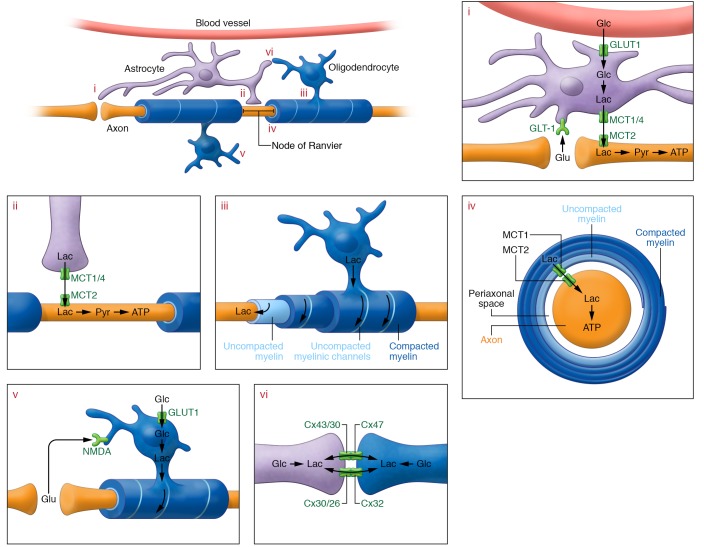Figure 3. Glial cells provide metabolic support to neurons.
(i) At the synapse, neuronal activity releases glutamate (Glu) in the extracellular space, which is taken up by astrocytic GLT-1. Glutamate uptake drives glucose (Glc) uptake through glucose transporters (GLUT1) in astrocytes; glucose is subsequently converted to pyruvate (Pyr) and lactate (Lac). Intracellular lactate can be shuttled to neurons through astrocyte MCT1 and MCT4 and neuronal MCT2. Neuronal lactate can fuel neuronal ATP synthesis in the mitochondria after conversion to pyruvate. (ii) Astrocytes contact neurons at the nodes of Ranvier, and can shuttle metabolic substrates through astrocytic MCT1 and MCT4. Neurons can take up these substrates through MCT2, using them to fuel mitochondrial ATP synthesis. (iii) Oligodendrocyte myelin consists of compacted and uncompacted regions. The latter allow for transport of metabolites within the myelin, toward the adaxonal (nearest to the axon) myelin inner tongue, from where metabolites can be transported to neurons. (iv) Transport occurs through MCT1 expressed at the adaxonal oligodendrocyte process and moves substrates into the periaxonal space, where metabolites can be taken up by neurons through MCT2 and processed for ATP synthesis. (v) The metabolic supportive function of oligodendrocytes is regulated by glutamate binding to the NMDA receptor, followed by enhanced oligodendrocyte glucose uptake and conversion of glucose to lactate, which can then be provided to the neurons. (vi) Another potential source of oligodendrocyte lactate is through gap junction coupling with astrocytes. Whether metabolic supply through this pathway is essential for neuronal metabolic support remains to be determined.

